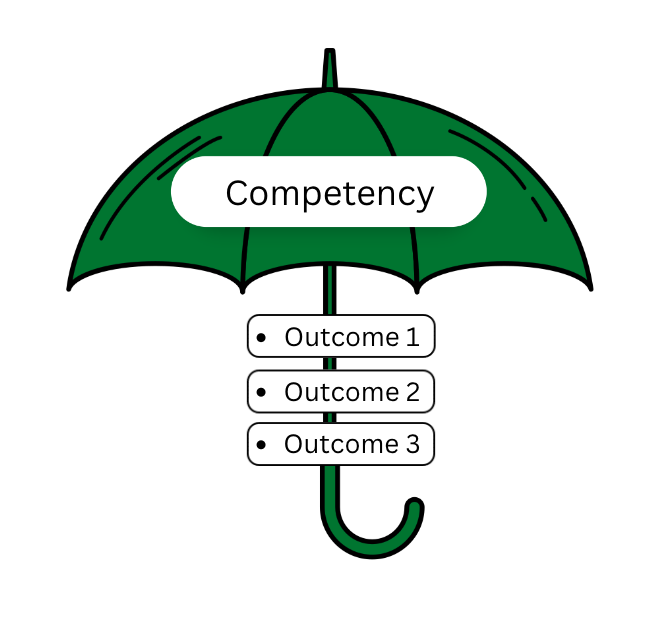Reflecting On Your SEEQ Course Evaluations
Strategy #1: Conduct a Self-Assessment
Establish your own standards for self-assessment by completing the SEEQ instrument yourself (Lawall n.d.). In so doing, go through the SEEQ instrument and assess your own strengths and areas for improvement, making a note of the categories that specifically connect to your teaching philosophy and goals. Are there gaps in the instrument in terms of your teaching goals? Should you consider adding supplementary or open-ended questions? What is it that you want to know about what your students have learned at the end of your course?
Strategy #2: Identify Areas for Improvement and Areas of Strength
From the ratings you’ve received, in which categories did you do particularly well? Which categories could use further refining, reflection, or improvement? At this stage, consider both types of data presented- the numeric data will provide a general view of the students’ perceptions whereas the open-ended questions often speak to individual student perceptions, beliefs, and learning styles (Lawall n.d.). Are there any areas of divergence between your self-assessment in terms of strengths and areas of improvement versus those of your students (Lawall n.d.)? Why or why not?
Step #3: Finding Themes
What are the major themes that appear throughout the student ratings (Lawall n.d.)? Specifically, are there any variations or patterns you notice when comparing the numeric data with the open-ended comments (Lawall n.d.)? Can you group the open-ended comments according to some underlying strategies or themes (Lawall n.d.)? Which ratings speak to your teaching goals or approach and why (e.g.) motivating students through active learning, or using real-world examples in the lecture?
Once you’ve read through and reflected upon your SEEQ results, it’s important to commit to at least one or two changes that you will make to your teaching practice. Rather than focus solely on areas of improvement, it’s important to reflect on your strengths and how you will continue to build upon these strengths in the classroom. At this stage, it is also a good idea to connect with, brainstorm, and share strategies with colleagues as well as to re-read and/or re-write parts of your teaching philosophy statement, while incorporating any supporting evidence from your student feedback to your case file or teaching portfolio.
Reference
You can learn more about how to reflect upon and interpret your SEEQ data from:
Lawall, M.L. n.d. Students rating teaching: How student feedback can inform your teaching. Retrieved February 28, 2013 from University Teaching Services, University of Manitoba at http://intranet.umanitoba.ca/academic_support/uts/media/seeq_booklet.pdf.


